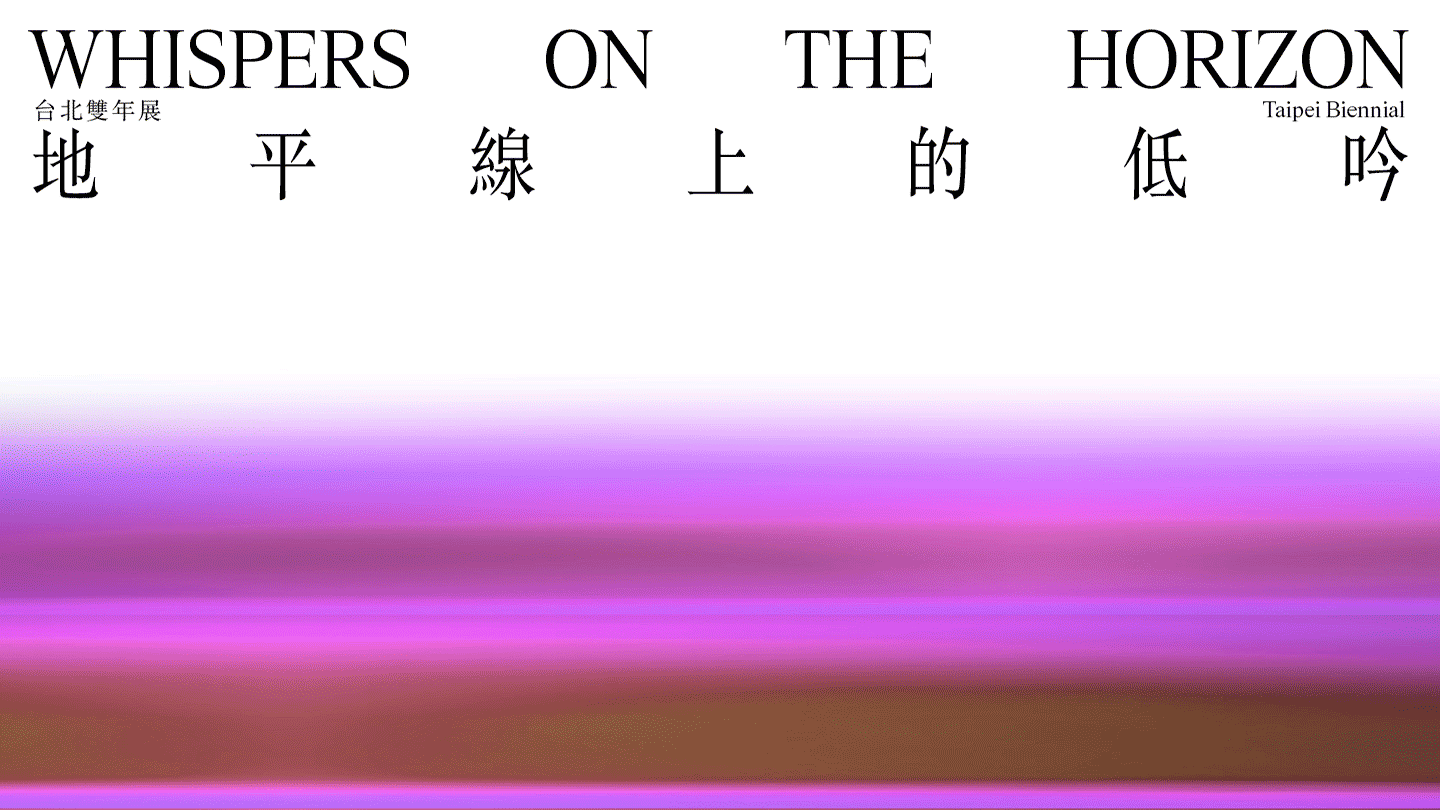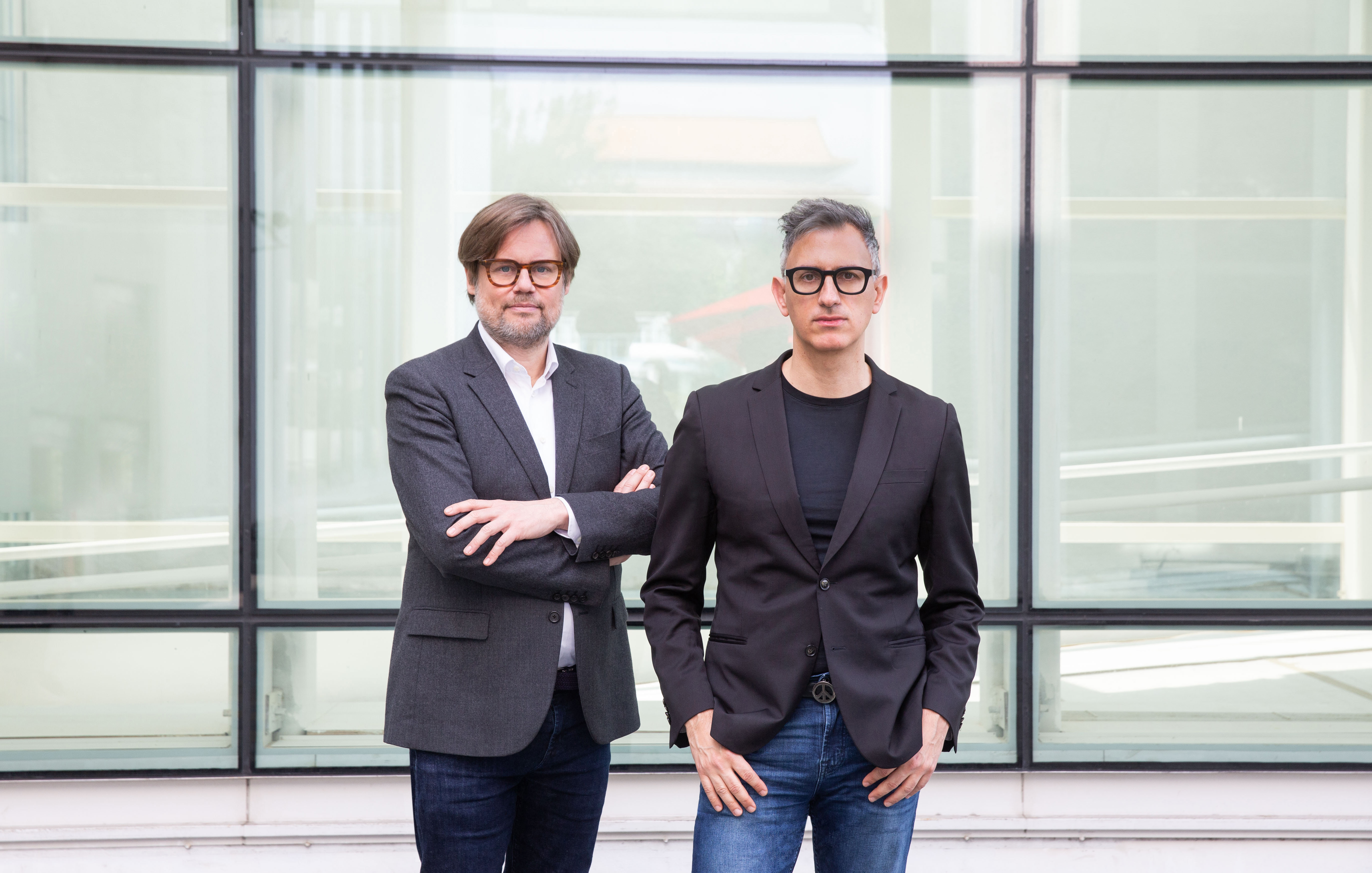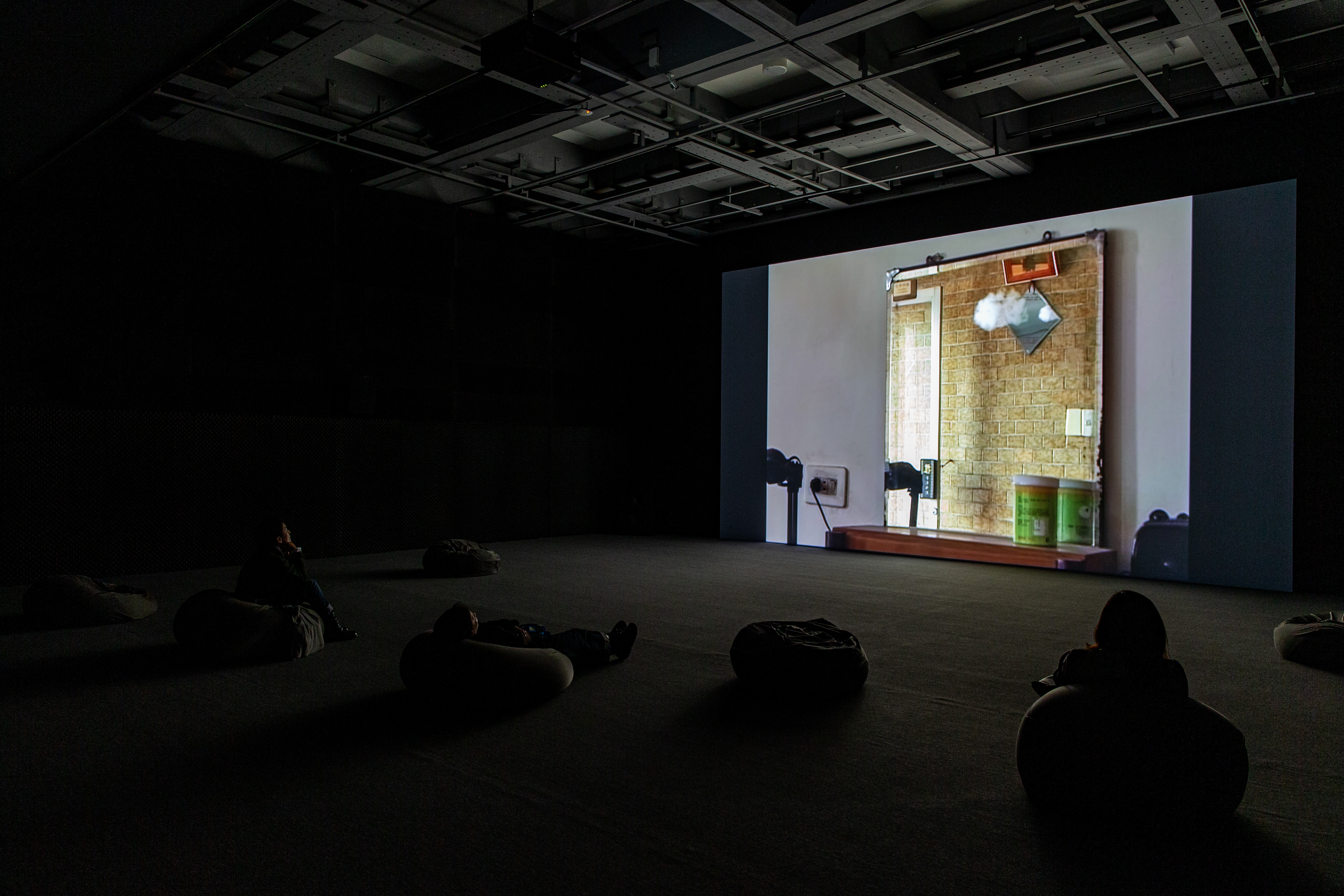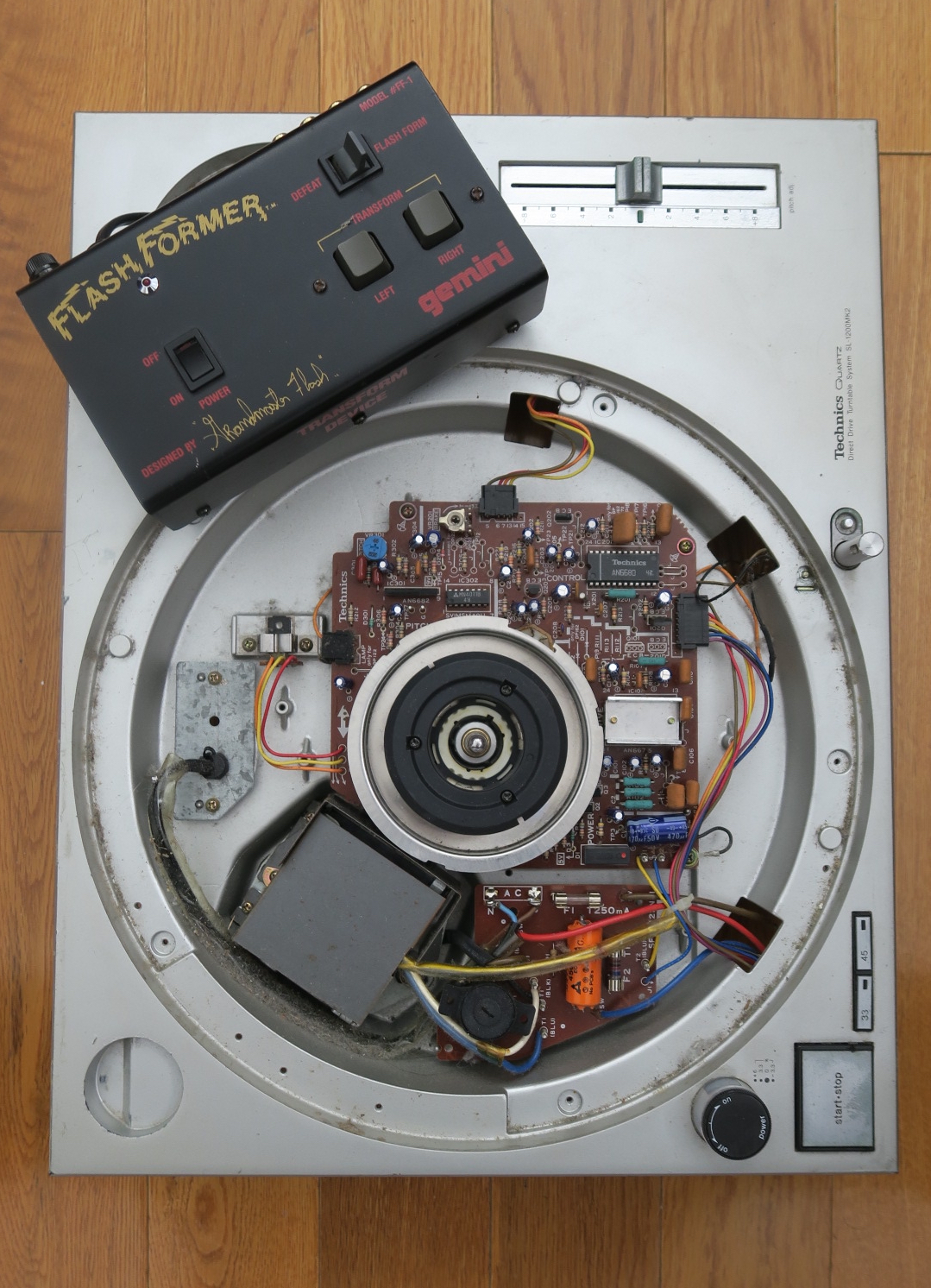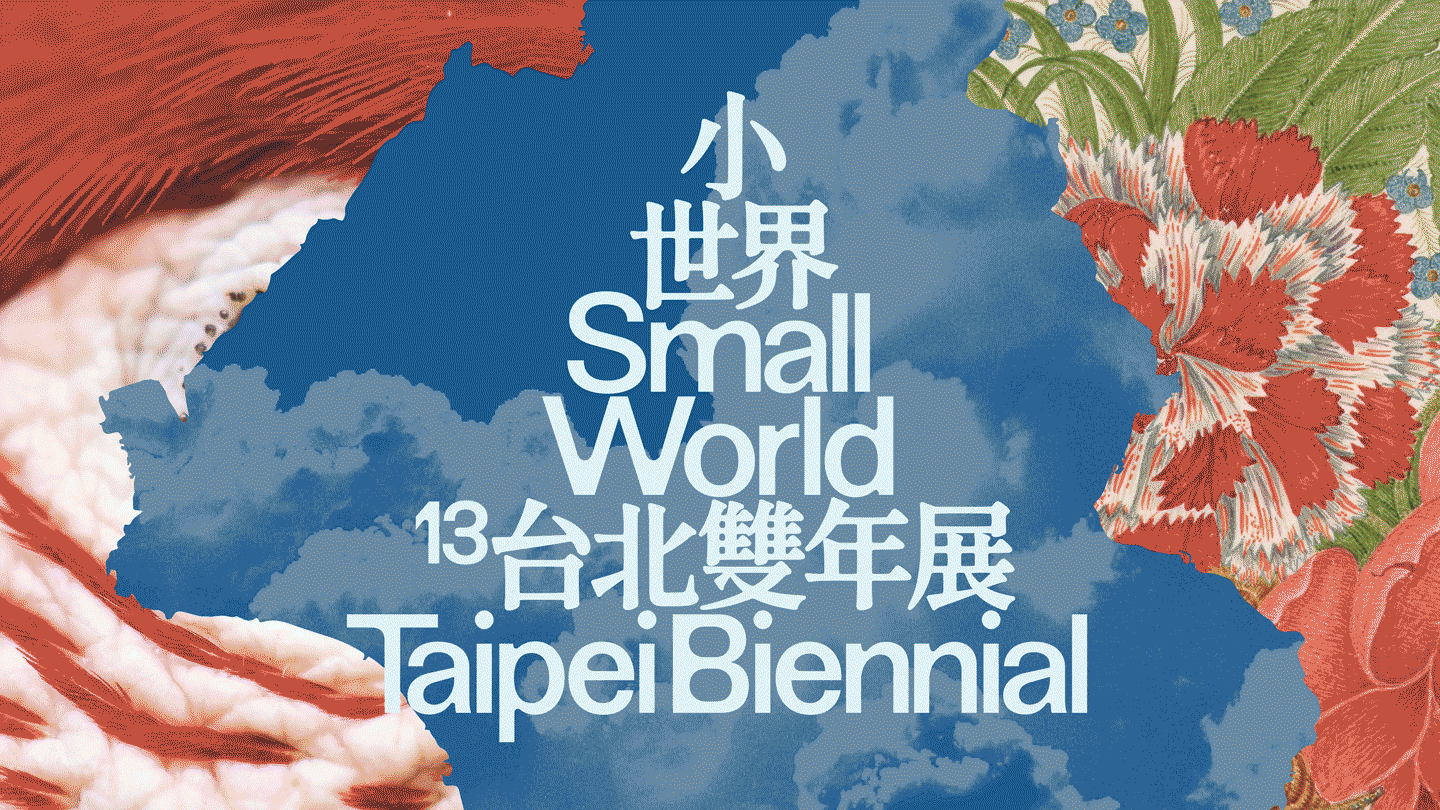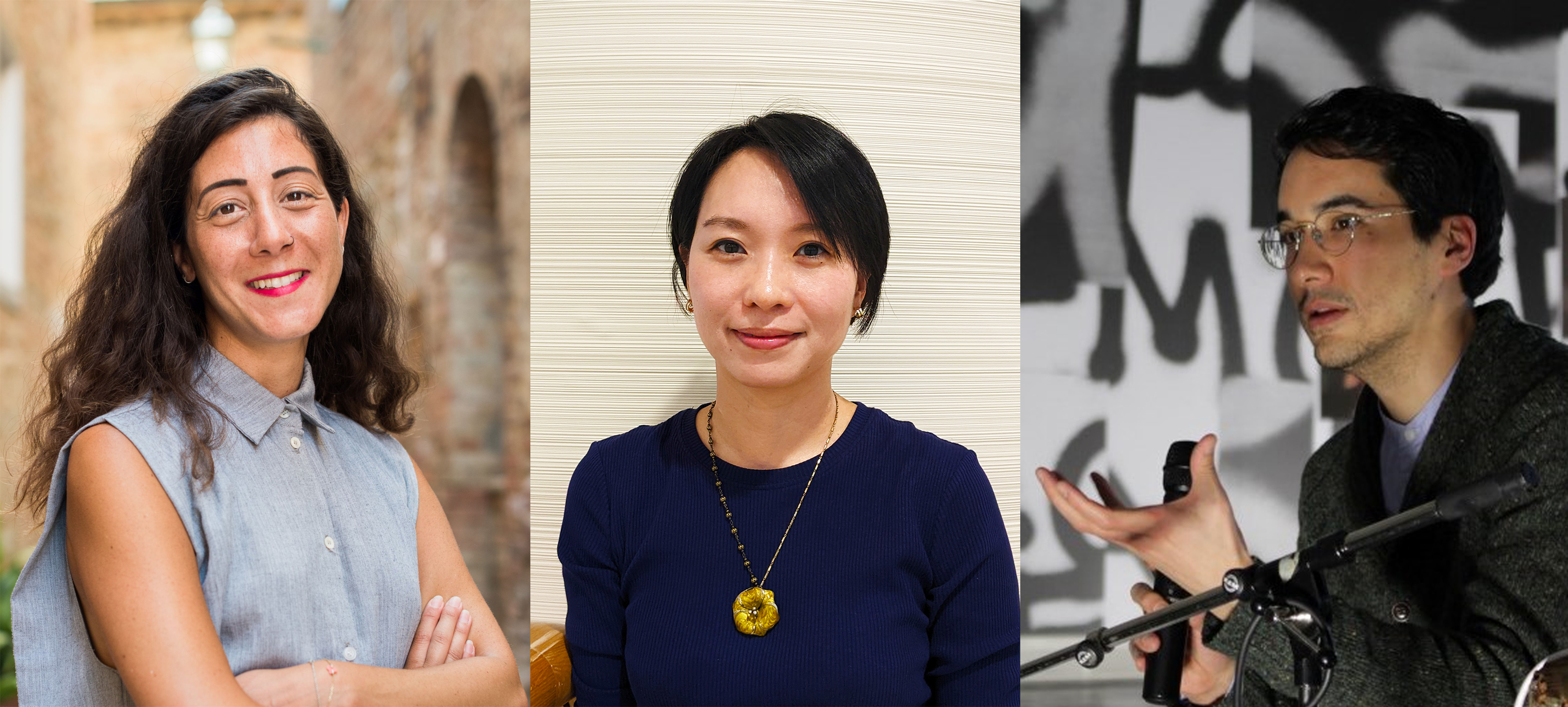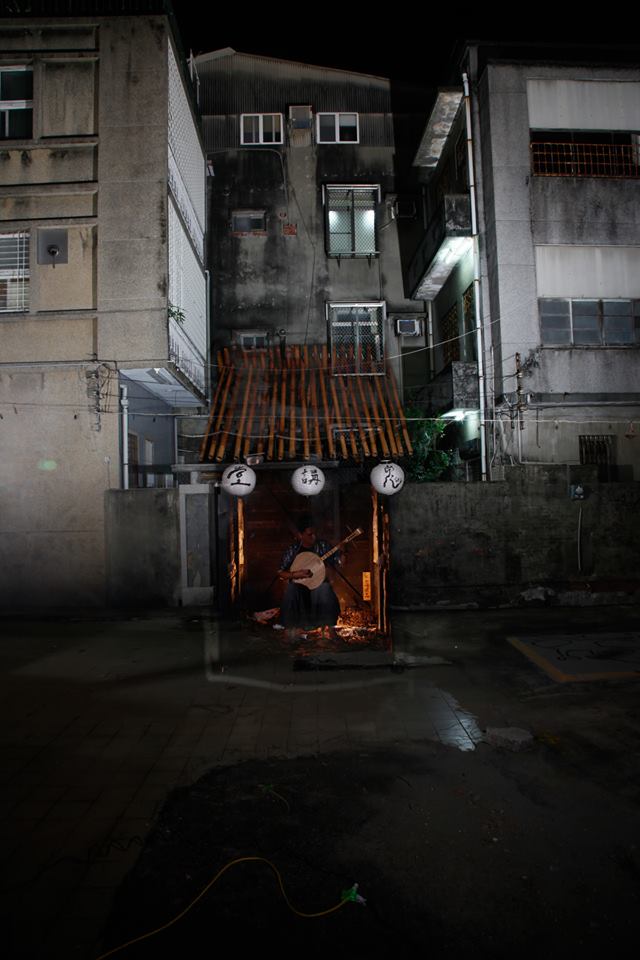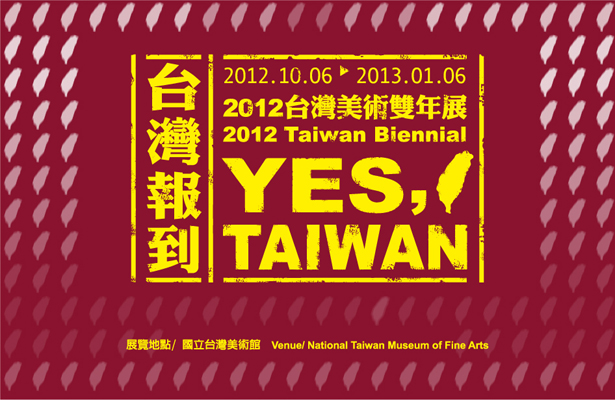2006 Taipei Biennial
Curators: Dan Cameron and Jun-Jieh Wang
Nov. 4th, 2006 – Feb. 25th, 2007
Organizer: Taipei Fine Arts Museum
Contact:
info@taipeibiennial.org
2006 Taipei Biennial: Dirty Yoga attempts to use a currently popular pursuit as a symbol to explore, within the context of globalization, the conflicts that exist among different extreme values, and the various possibilities that may arise from them.
Since the 1960s, people have gradually turned from radical politics and ideologies to a preoccupation with approaches to living, as manifested in the satisfaction of desire in our daily lives. Desire has replaced science and ethics as the primary social motivation for progress, while its essence and symbols have undergone constant change. This highlights the role played by consumerism and marketing mechanisms in shaping our perception of what it is we think we want. This expression of desire is also a manifestation of energy. Increased desire leads to greater fear of loss. People today are afraid of losing their health, their beauty, their youth and their wealth. To counter their fear of facing this reality, they invent different spectacular spaces and collective activities centered on the perfection and reinforcement of their lifestyle choices. Gradually, these spaces and activities are replacing abstract religion and turning into a universal belief.
As these broad social changes unfold, the underlying structure of rational thought is also changing. Rational binary logic has long transcended the status of mental tool and become a modality of thought in itself. Our largely dormant capacity to imagine productive thought occurring outside of binary dualisms subtly governs our way of perceiving and interacting with the outside world. With Western civilization slowly loosening its hegemonic grip on the rest of the planet, the power of the binary over our shared humanity shows corresponding signs of crumbling. Them can be a useful category only when we possess an equally sharp notion of who us is. Otherwise, we are all just us, in a confusing and sloppy way, and there is nothing else. Enemies and allies, good and evil, beautiful and ugly, rich and poortoday they shift about on unstable supports, more relativized with each rhetorical effort to incorporate the outmoded codes into the new meta-language of fear and desire.
Through this lens, we will treat Taipei as the epitome of a globalized community, observing the different new and trendy lifestyles that people adopt through the extremely rapid social changes and fashions of living. These lifestyles amply illustrate the complexity of the issues surrounding the satisfaction of desire and the fear of loss. The new lifestyles sought by the contemporary urban population (organic food, reshaping the body, spiritual renewal etc.) suggest a fundamental conflict with existence and progress, and indirectly question the real values of civilization. This also applies to yoga, a burgeoning activity that seems to have moved away from its original spirituality towards an entirely different set of values of existence. It has become the quintessential model and symbol of contemporary lifestyle. From these themes of lifestyle, we will extend the discussion to include economic and political structures, and pose questions about history and about the contemporary trends of globalization to find out exactly what we desire and exactly what we fear.
In recent years, artists everywhere have begun creating objects and situations that promote a third way of understanding the world — not according to direct opposition of thesis and antithesis, but beginning with a synthesis of the many, and leading to compromise, hybridity, consensus, and other forms of non-oppositional resolution. They are participating in a discourse of between-ness that produces hybrid, mutated, nomadic meanings that are always contingent, and often subject to multiple interpretations, just as the noun between-ness suggests a state of possessing two meanings and neither of those meanings at the same time. While the state of between-ness, like a utopia, may never be realized, it often leads to the possibility of understanding and recognition through some kind of confrontation, like that implied by the meanings of the words restricted and dirty in our daily lives.
Rising up from far less exalted roots, dirty is the all-purpose adjective for anything that social propriety cannot endorse. Whether it means being literally unclean or merely too demonstrably prone to lascivious impulses, something that is dirty seems to exist in a state of suspension, while awaiting its ultimate destiny: getting cleaned up. Until that state is achieved, whatever is currently dirty is not entitled to pass through the portals of high culture. Even in cases where the word dirty suggests a liminal state where normal restrictions do not apply, the fact that civilization can be measured by our degree of success in expunging dirt from our lives speaks eloquently about the bodys unstoppable trajectory towards a state of inert matter.
Coining the title Dirty Yoga for an international biennial of contemporary art is a way of foregrounding some of these inherent discrepancies. By underscoring the latent discord between the bodys living perfection and its ultimate state of demise, Dirty Yoga proposes tossing all of our preconceptions about the subject of mind-body relations overboard. With its echo of the various modernized branches of yoga practice, Dirty Yoga proposes a hypothetical state of heightened spiritual engagement with ones lower order of impulses and actions. Although according to our latest information, dirty yoga does not yet exist as a practice in any of the hundreds (if not thousands) of yoga centers opening up in the worlds major cities, the co-curators of the 2006 Taipei Biennial are convinced that it is only a question of time before it is widely available.
The Exhibition encompasses a diverse range of contemporary artists, both Taiwanese and international.
Artists:
Alexandre ARRECHEA (Cuba/Spain), Monica BONVICINI (Italy/ Germany), CAO Fei (China), E Chen (Taiwan/US), CHOU Meng-te (Taiwan), Jonas DAHLBERG (Sweden), El Perro (Spain), Katharina GROSSE (Germany), GUO Fengyi (China), Subodh GUPTA (India), Emily JACIR (Palestine/US), JUNG Yeondoo (Korea), An-My LE (Vietnam/US), LEE Bul (Korea), Nalini MALANI (India), Yuko MURATA (Japan), Eko NUGROHO (Indonesia), Damian ORTEGA (Mexico), Arthur OU (Taiwan/US), Araya RASDJARMREARNSOOK (Thailand), Mauro RESTIFFE (Brazil), Robin RHODE (S. Africa/Germany), Carolee SCHNEEMANN (US), Shazia SIKHANDER (Pakistan/US), Regina SILVEIRA (Brazil), Valeska SOARES (Brazil), Jennifer STEINKAMP (US), Vivan SUNDARAM (India), Kazuna TAGUCHI (Japan), TAKE2030 (UK). Koki TANAKA (Japan), Francesco VEZZOLI (Italy), VIVA (Taiwan), Nari WARD (Jamaica/US), Hong-Kai WANG (Taiwan/US), Chun-Hui WU (Taiwan)
Conference & Events
A series of lectures, performances, panel discussions and film screenings will also accompany the Exhibition to full elaborate the curatorial concept. Two major events will be the Taipei Biennial Forum and Restricted Midnight Movies. As a new departure, the Taipei Biennial Forum will invite international experts and scholars to hold separate discussions on topics such as artists, curatorial practice, art collecting and sponsorship, and art education, over a two-day period (November 4th and 5th). Restricted Midnight Movies is an event held for the first time in theatres outside the museum. For two months, films related to the exhibition theme, including classics by Fassbinder and Stanley Kubrick, will be shown in midnight slots.
Dan Cameron is professionally active since 1980 and has attained successful international recognition. Art & its Double, which he organized in 1986, is today considered a high point in exhibitions of new American art in Europe. In 1988, he was invited to be the first-ever US commissioner for the Aperto section of the Biennale di Venezia. With the exhibition Cocido y Crudo in 1994, he introduced the Latin American artists whose careers in the late 1990s would mark the ascendancy of art from the other Western hemisphere. During Cameron as Senior Curator at the New Museum of Contemporary Art since 1995, he repositioned the New Museum as the only local art institution devoted to a fully global program of new art. In September 2003, he presented his largest exhibition to date: Poetic Justice, the 8th Istanbul Biennial.
Jun-Jieh Wang is one of the few artists who double as curators in Taiwan, with a particular focus on new trends in technological art. His major curatorial practice includes “Navigator: Digital Art in the Making” (2004) and “B!AS : International Sound Art Exhibition” (2005). He is one of Taiwan’s first artists to work in video installation and has participated in various international exhibitions, including the 47th Venice Biennial (1997), “Cities on the Move” (1997), “Taipei Biennial: Site of Desire” (1998), “The Sky is the Limit: 2000 Taipei Biennial” etc. In 2000, he was selected by the Japanese art magazine “Bijutsu Techo” as one of the “100 notable artists in 2000″.
Programs Press Conference: Friday, November 3rd, 2006, 2:30 pm Inauguration and Preview: Friday, November 3rd, 2006, 7:30 pm
A two-day FORUM addressing issues related to the exhibition will be held at the museum on November 4th and 5th. Restricted Midnight Movies: November 10th 25th, 2006
Venue
Taipei Fine Arts Museum
181, ZhongShan North Road, Sec. 3, Taipei 104, Taiwan
T: 886 2 2595 7656, F: 886 2 2585 1886
Exhibition Period
From November 4th, 2006 through February 25th, 2007
Opening hours
Tuesday to Sunday, 9:30 am 5:30 pm, the exhibition remains open until 21: 30 on Saturday.
Organizer
Taipei Fine Arts Museum
181, ZhongShan North Road, Sec. 3, Taipei 104, Taiwan
T: 886 2 2595 7656, F: 886 2 2585 1886
Contact
info@taipeibiennial.org
Media Contact
Ruth Hu Hui-ju
T: 886 2 2595 7656#106
Fax: 886 2 25850864
E: hhj@tfam.gov.tw
Accommodation
Grand Hotel: 886 2 2886 8888 / www.grand-hotel.org
Imperial Hotel: 886 2 2596 5111 / www.imperialhotel.com.tw
Empress Hotel: 886 2 2591 3261 / www.empress.com.tw
KDM Hotel: 886 2 2721 1162 / www.kdmhotel.com.tw
Organizer
Taipei Fine Arts Museum
181, ZhongShan North Rd, Sec. 3, Taipei 104, Taiwan
T: 886 2 2595 7656, F: 886 2 2585 1886
Contact
info@taipeibiennial.org

